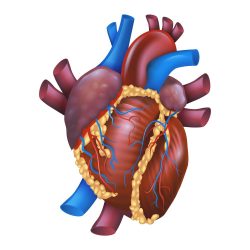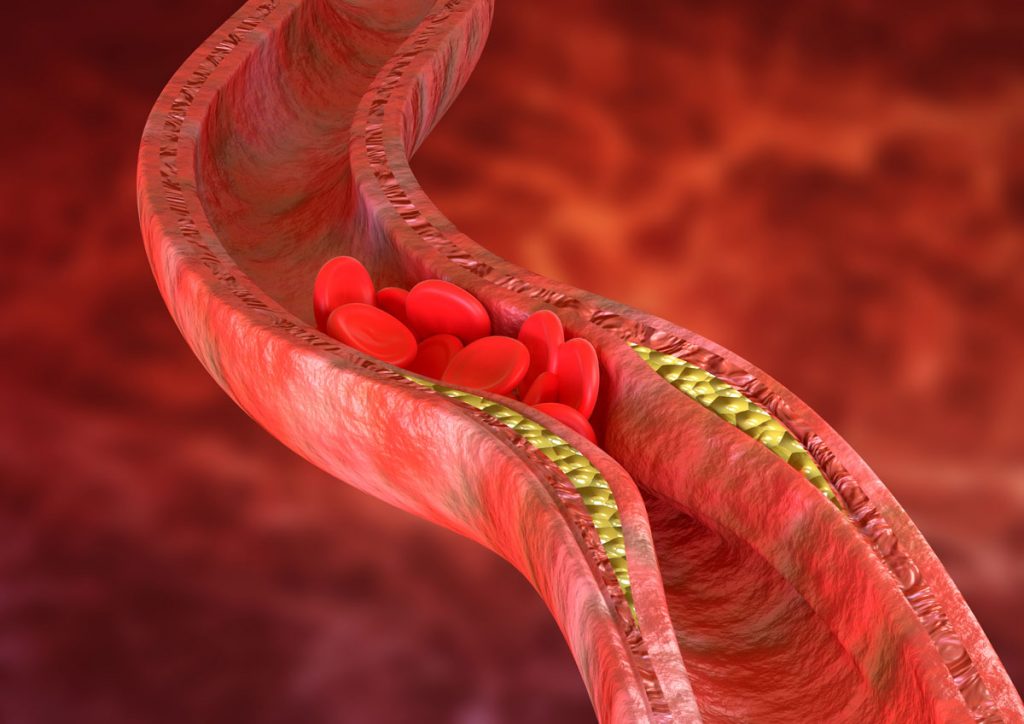Aorta is the main valve that plays an active role in the smooth functioning of the heart. The opening of the aorta valve becomes stiff at times due to the accumulation of calcium affecting the blood circulation within the body. Such deposits can be dangerous to people’s health leading to difficulties in breathing, chest pain, dizziness, and extreme tiredness as the heart fails to function like before. All these imply that your heart is weak pressurizing you that you may be at the risk of suffering a heart attack anytime soon.


The highest risk of aortic stenosis is when the disease is diagnosed at a later stage where the disease has progressed to the critical stage putting a threat on the patient’s life. Such patients find it difficult to even walk a few steps due to the weakening of the heart. This in turn increases the chances for heart failure due to deprivation in oxygen supply to the body.
Another risk is people misunderstanding aortic stenosis symptoms as a sign of ageing and they delay treatments which will only increase the severity of the disease. Fatigue, fast heart rate, anxiety, and low energy are few such common symptoms that can confuse patients in analyzing whether they need a consultation or not. It is advised to seek medical help to find out the actual problem rather than assuming to avoid big complications in the future.
Taking medication is only a temporary solution for alleviating the symptoms and cannot cure the disease. Patients start experiencing anxiety and mood swings if not treated and this may put them under a huge pressure, leading to sudden heart attacks. Emotional suffering is more than physical suffering for people with aortic stenosis. So, it is best to treat the disease rather than delaying the treatment.
Aortic stenosis can lead to increased death rate in the majority of the people within three years from the time of onset or symptoms, if the aortic valve is not replaced. However, replacement of the aortic valve can help in resuming back to regular life for patients. People above 70 years usually suffer from this disease and find it difficult to walk or climb steps due to low energy in their body.

RHL – Rajasthan Hospital
opp. Jaipuria Hospital, Jai Jawan Colony, Milap Nagar, Jaipur, Rajasthan 302018
Lilavati Hospital and Research Centre
A-791, A-791, Bandra Reclamation Rd, General Arunkumar Vaidya Nagar, Bandra West, Mumbai, Maharashtra 400050